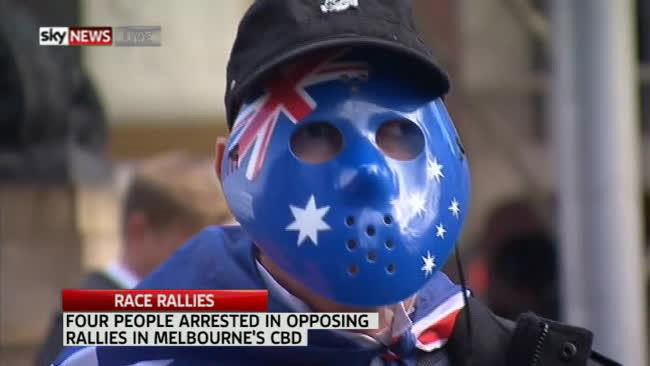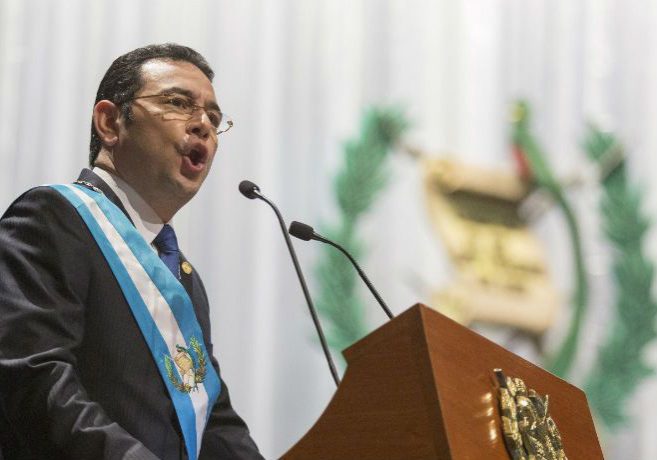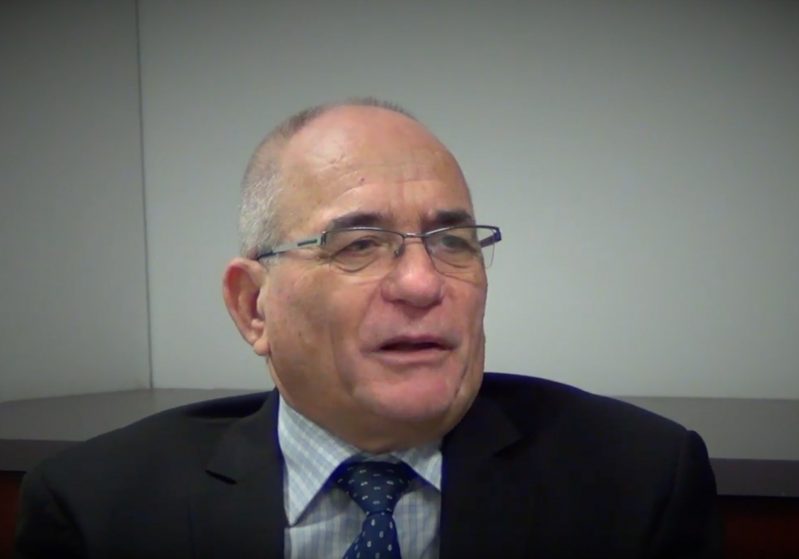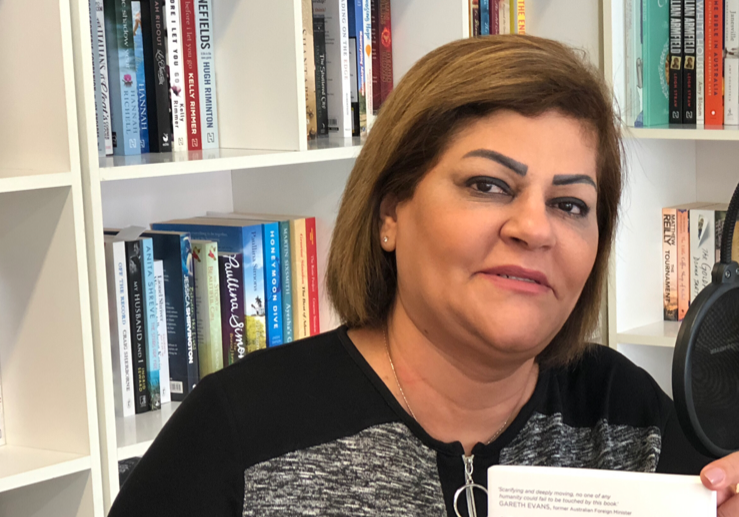Australia/Israel Review
The Last Word: Reclaiming Cohesion
Jul 30, 2015 | Jeremy Jones

Jeremy Jones
A mid-July contrast:
In a number of cities and towns across Australia, small gatherings rallied to a call to “Reclaim Australia”, and were generally confronted by counter-protesters calling for bigots to, well, go back to where they came from.
Meanwhile, at the Parramatta campus of the University of Western Sydney (UWS), hundreds of academics, researchers, bureaucrats, politicians and others conferred on Advancing Community Cohesion.
Many Reclaim Australia speakers and supporters would claim that their aim was just that – to advance community cohesion. All that they ask is that everyone assimilate to their version of Australianness, which is heavily Christian and unwelcoming of religious diets or dress practices.
As John Safran reported, a number of those at the Melbourne rally were quite hostile to the idea of a Jewish person being in the vicinity, but many others see Jews as comrades in arms against what they describe as “stealth sharia”.
Most of the counter-demonstrators would also claim they support community cohesion. They came to protest against threats to tolerance, communal harmony and multiculturalism, which a number of them argued included not just overt racists but the federal government, conservative Christians and those who would ask questions about the best way to build a cohesive society.
Fortunately, Australians have opportunities to discuss where our society was, what it is now and how we would like to see it develop in the future, away from megaphones and sloganeering.
The UWS Conference received some coverage, with emphasis on the sensationalist and highly questionable comments made to the media by Perth academic and activist Anne Aly, and with a skewed representation of very sensible comments by NSW Deputy Police Commissioner Nick Kaldas.
Aly, who is probably Australia’s most quoted authority on dealing with individuals attracted to violent extremism, promoted a study by an American NGO on threats to America’s “homeland security”, that simple analysis shows falls into the “lies, damn lies and statistics” category of research.
Deputy Commissioner Kaldas, in the course of discussing the challenge of politically motivated violence, noted the re-emergence of self-described “nationalists” who exploit fear of Muslims. He did not make an equivalence between terrorists, ideologically and religiously driven violent extremists and ultra-right wing racists, but highlighted a dangerous development.
As with all other matters raised in the Conference, these comments were the subject of discussion and debate.
Plenary sessions included challenging, sometimes controversial, presentations on the media, education, policies, history, social integration and government policy.
The link between Islamophobia and violent extremism, which is a mantra for so many contributors to public debate, was examined and effectively debunked by Professor Kevin Dunn, while Professors James Jupp and Andrew Markus went toe-to-toe on the significance of the percentage of Australians with one or more parent born overseas to policy development.
A high proportion of the papers dealt directly with experiences of Muslims in Australia, some showing impressive scholarship, some aiming more to provoke than inform, others which did little more than reinforce negative stereotypes.
The session in which I spoke – on bigotry coming from, and bigotry directed at, religion, and on how to overcome these phenomena – included a masterful summary of the role of the law in upholding religious freedom delivered by Kate Eastman SC, a survey of Friday sermons at Australian mosques by an articulate PhD student and a promotion of the ideals of the Ahmadiya community.
It was reassuring that so many delegates came to me after my presentation to thank me for identifying bigotry which was sourced in, or rationalised by, religious texts, but disappointing that a number of veteran conference attendees told me that it was almost unique to have this subject raised.
As some of the wisest commentators have noted, we need an open, rational and responsible discussion on the beliefs and cultures which serve as well-springs for religious extremism if we want to understand the phenomenon and not provide fertile ground for extremists on both sides of the divide.
This article is featured in this month’s Australia/Israel Review, which can be downloaded as a free App: see here for more details.
Tags: Australasia






